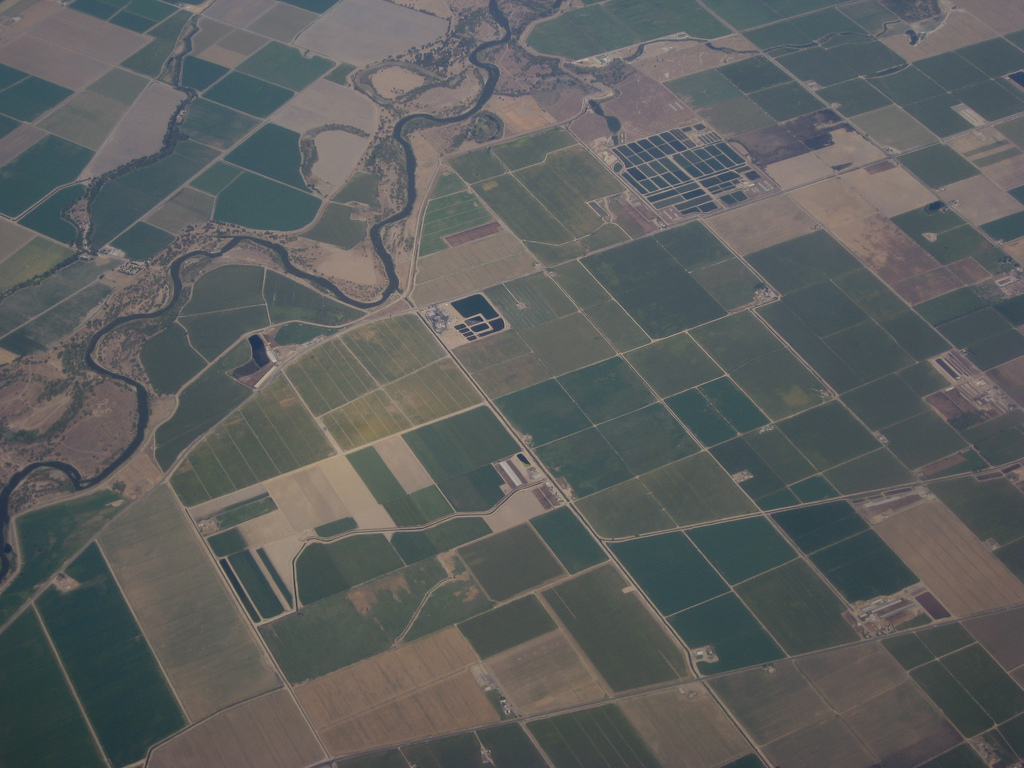Originally posted at the Public Policy Institute of CA.
By Lori Pottinger.
The San Joaquin Valley―California’s largest agricultural region―faces growing water stress that will bring significant changes to the region’s farms, communities, and economy. Increased cooperation and coordination from the region’s complex mix of agencies and water users is needed to address water shortages and water-related environmental and public health challenges. These are key takeaways from an event in Clovis last week, co-sponsored by the PPIC Water Policy Center and the California Water Institute at Fresno State.
Ellen Hanak, director of the PPIC Water Policy Center, introduced the discussion by summarizing the findings of a new PPIC report on the drivers of water stress in the San Joaquin Valley—the state’s most water-dependent economy—and some tools and strategies that can help. “The valley is an agricultural powerhouse,” Hanak said. “A lot is at stake for the region’s economy, communities, and the environment.”
The first panel looked at balancing water supply and demand, and included experts from water and irrigation districts and farming interests. Panelist Eric Averett, general manager of the Rosedale-Rio Bravo Water Storage District—an area he called “ground zero” for groundwater overdraft—said that the variety of interests in that basin makes it challenging to finding common ground for getting groundwater use to sustainable levels. “However, it also represents a unique opportunity. [We] will pass or fail … collectively as a basin. That brings us all to the common table of addressing and solving these challenges.”
The second panel covered improving the quality of the valley’s water, air, and habitat. Maria Herrera of Self-Help Enterprises noted that disadvantaged rural communities continue to struggle with water contamination and dry wells. “We need to make sure the communities understand what’s at stake for them” and include them directly in negotiations.
Michelle Selmon of the California Department of Water Resources noted that when lands move out of production, it opens an opportunity to create permanent or temporary habitat. “Instead of growing alfalfa or cotton they’re growing habitat. But farmers will need incentives,” she said.
Dairyman Chuck Ahlem of Hilmar Cheese Company said there is a need for sustainable funding for solving the valley’s various challenges, and he said he hopes that increased collaboration can help “find the dollars to address some of these issues.” And, he notes, to be effective partners in resolving these issues, farmers and dairies “need regulatory certainty that we’ll be allowed to operate 10 years from now.”
The last panel of the day looked at collaborative solutions. Former Fresno mayor Ashley Swearengin said that even though urban water use is relatively small, the region’s cities depend on a “healthy, thriving ag community” and must provide leadership on sustainable groundwater management—including with better urban land-use planning.
Dave Orth of the California Water Commission likened the valley’s water management challenges to a “ball of string”—pull on one string and you find that everything’s connected. Some of the “strings” the panel touched on included managing the Delta for both improved water reliability and environmental protection, making use of flood waters to restore groundwater, and accounting for groundwater recharge. “We need to think beyond just looking at new surface storage facilities. We need integrated solutions that bring multiple benefits,” Orth said.
While implementing these solutions won’t be simple, Fresno State’s David Zoldoske noted a key takeaway of the event is that “there’s a lot of expertise here in the valley. I’m very encouraged we will find a path forward.”
We invite you to watch the videos from this event, and hope you find the discussions illuminating and useful:





